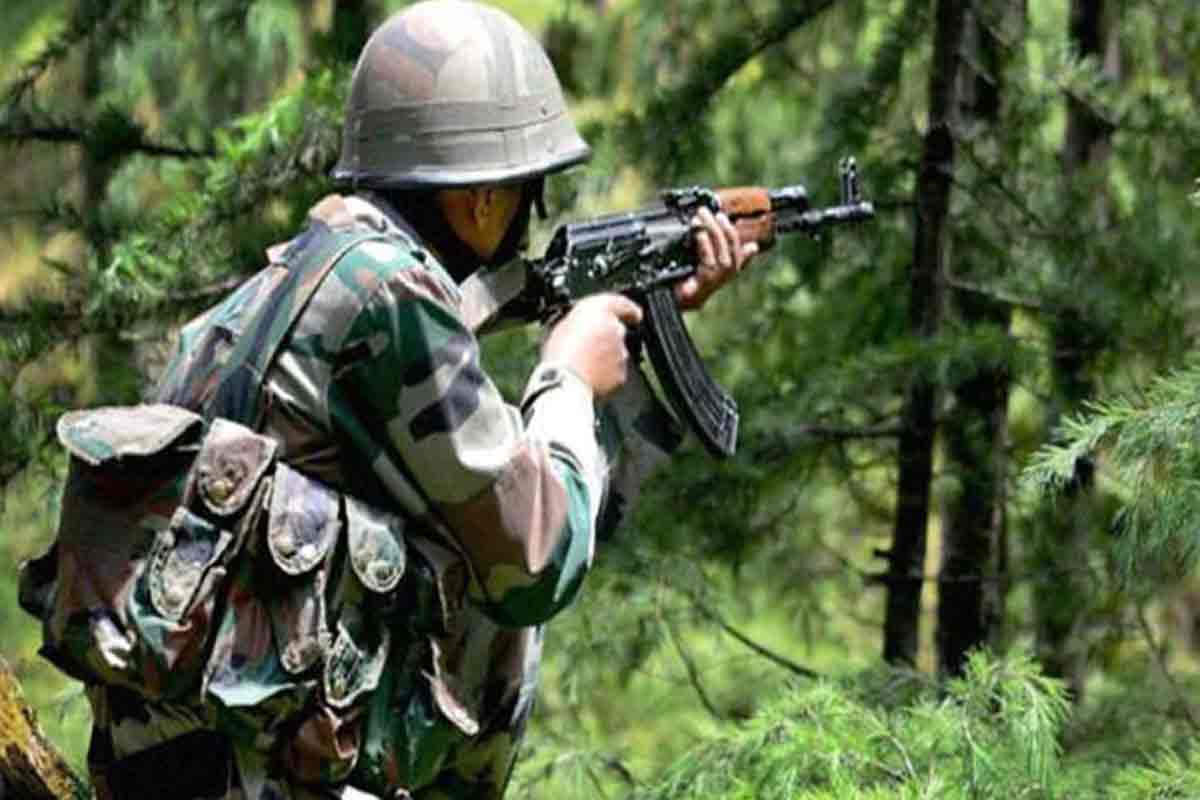
China returns 10 Indian soldiers taken captive during Galwan face-off: Report

Ten Indian soldiers including four officers, who were taken prisoners by the Chinese Army after the violent clashes in Galwan Valley on June 15, have been returned to India, after three days of negotiations, said a report in the NDTV quoting sources privy to the matter.
The report says although NDTV was aware of the detention of the soldiers that included two majors, it had held back the news to avoid jeopardising the negotiation process.
The news also corroborates the claims of the Congress, which had asked the Indian government to provide details of the exact number of jawans killed and taken captive by the Chinese army.
Although the government is yet to provide details on the detention part, the Army in a statement on Thursday (June 18) clarified that all soldiers involved in the clashes with Chinese troops in Galwan Valley in eastern Ladakh have been accounted for.
“It is clarified that there are no Indian troops missing in action,” the Army said in a brief statement without elaborating.
The Army said 76 jawans were injured during the clash and are being treated at various hospitals. While none of the injured are critical, 18 in a hospital in Leh are expected to join their posts within 15 days while the others will join in a week’s time.
Twenty Indian soldiers including commanding officer Santosh Babu were killed during the clash, while the Chinese side reported more than 40 casualties.
Indian and Chinese militaries held a Major General-level dialogue on Thursday for the third consecutive day on disengagement of troops as well as restoring normalcy in areas around the Galwan Valley.
The last time the Chinese military had taken Indian soldiers captive was in July 1962 after a clash in Galwan Valley. At least 30 Indian soldiers were killed and several dozens were captured by Chinese military after the fierce clash.
The clash in Galwan Valley is the biggest confrontation between the two militaries after their 1967 clashes in Nathu La when India lost around 80 soldiers while the death toll on the Chinese side was over 300.
Related news: Galwan valley has always been India’s: Grandson of Rasool Galwan
The two armies were engaged in a standoff in Galwan and several other areas of eastern Ladakh since May 5 when the two sides clashed on the banks of the Pangong Tso. After the standoff began, the Indian military leadership decided that Indian troops will adopt a firm approach in dealing with the aggressive posturing by the Chinese troops in all disputed areas of Pangong Tso, Galwan Valley, Demchok and Daulat Beg Oldie. The Chinese Army has been gradually ramping up its strategic reserves in its rear bases near the LAC by rushing in artillery guns, infantry combat vehicles and heavy military equipment.
The trigger for the face-off was China’s stiff opposition to India’s laying of a key road in the Finger area around the Pangong Tso Lake besides construction of another road connecting the Darbuk-Shayok-Daulat Beg Oldie road in Galwan Valley. The road in the Finger area in Pangong Tso is considered crucial for India to carry out patrols. India has already decided not to stall any border infrastructure projects in eastern Ladakh despite Chinese protests.
The situation in the area deteriorated after around 250 Chinese and Indian soldiers were engaged in a violent face-off on May 5 and 6. The incident in Pangong Tso was followed by a similar incident in north Sikkim on May 9. The India-China border dispute covers the 3,488-km-long LAC. China claims Arunachal Pradesh as part of southern Tibet, while India contests it. Prior to the clashes, both sides have been asserting that pending the final resolution of the boundary issue, it is necessary to maintain peace and tranquillity in the border areas.
Monday’s face-off was triggered over the removal of a Chinese camp from Patrolling Point 14, on the Indian side of the Line of Actual Control (LAC). While the Indian soldiers led by Colonel Santosh Babu tried to dismantle the camp after talks with the Chinese side failed, the latter resorted to throwing stones wrapped with barbed wires from the high ground at Point 14 and later attacking their Indian counterparts with nail-studded sticks and iron rods.
Reinforcements were called in from both sides in the fight that took place in pitch dark on Monday night and lasted for more than six hours. Several soldiers fighting on the Galwan ridge fell into the river. Many of them succumbed later.
(With inputs from agencies)


